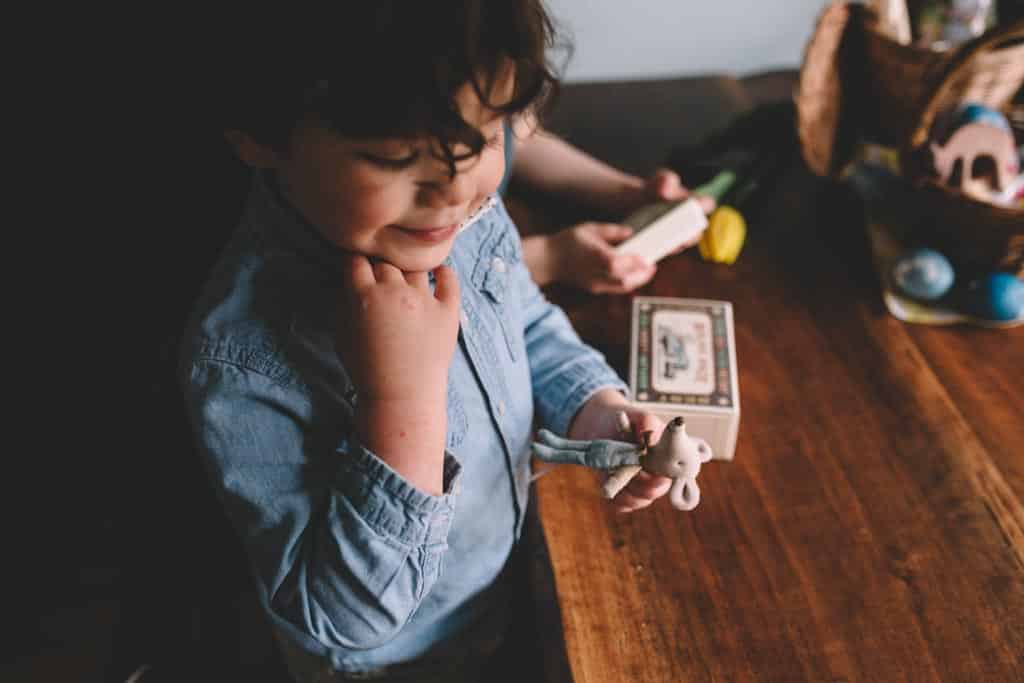Turn over a card.
Now turn over another.
Do they match? No? Turn them back over.
But try to remember where you put them. You might need to find them again if you find the same pictures on other cards.
We are playing matching pairs, a simple memory game.
It’s fun when you’re four. And it serves an important purpose – it’s improving your working memory, the amount of information your brain can handle at any one time.
What are the different types of memory?
Memory can be broadly classified into four types: sensory, short-term , working and long-term memory. Each type of memory varies in terms of duration, capacity, and the way information is stored and retrieved.
Sensory memory. This is the most immediate form of memory, holding an exact copy of what is seen or heard for just a few seconds after the perception of an item. It acts as a buffer for stimuli received through the senses.
Short-term memory. Short-term memory is often thought of as the conscious mind. It is a system for temporarily storing and managing information required to carry out complex cognitive tasks such as learning, reasoning, and comprehension. STM is limited in capacity (can hold about 7 items) and duration (lasts about 20-30 seconds without rehearsal).
Working memory. Working memory, a part of short-term memory, is where we hold and manipulate information in our minds. It’s the mental workbench where we can store information temporarily while performing a task. Working memory plays a crucial role in activities such as problem-solving, decision-making, and learning.
Long-term memory. Long-term memory is our brain’s system for storing, managing, and retrieving information. Unlike short-term memory, which has a limited capacity and can only maintain information for a matter of seconds, long-term memory can store huge amounts of information indefinitely.
Improving your child’s working memory
Working memory is a fundamental cognitive skill, forming the basis for learning. Here are a few tips on how you can help your child improve their working memory:
Chunking: This method involves breaking down complex information into smaller, manageable ‘chunks’. For example, a long number can be remembered more easily by dividing it into smaller groups.
Repetition: Regular repetition aids in embedding information in the memory. It can be used in everyday activities, such as singing the same song or repeating the sequence of daily tasks.
Visuals and stories: Children tend to remember visual information and stories more easily. Use colourful images, diagrams, or create a story around the information to make it more memorable.
Make connections: Link new information with something familiar to your child. For example, if your child is learning about animals, connect each animal with a favourite toy or a visit to a zoo.
Best of all, play memory games.
Memory games
Kim’s game
In Rudyard Kipling’s novel, “Kim”, the eponymous hero is trained in espionage, including a memory game that came to be known as “Kim’s Game.”
In the novel, Kim’s trainer spreads jewels, trinkets, and other objects on a tray. Kim gets a brief look before the items are covered. He then has to describe all the items he saw, in as much detail as he can remember.
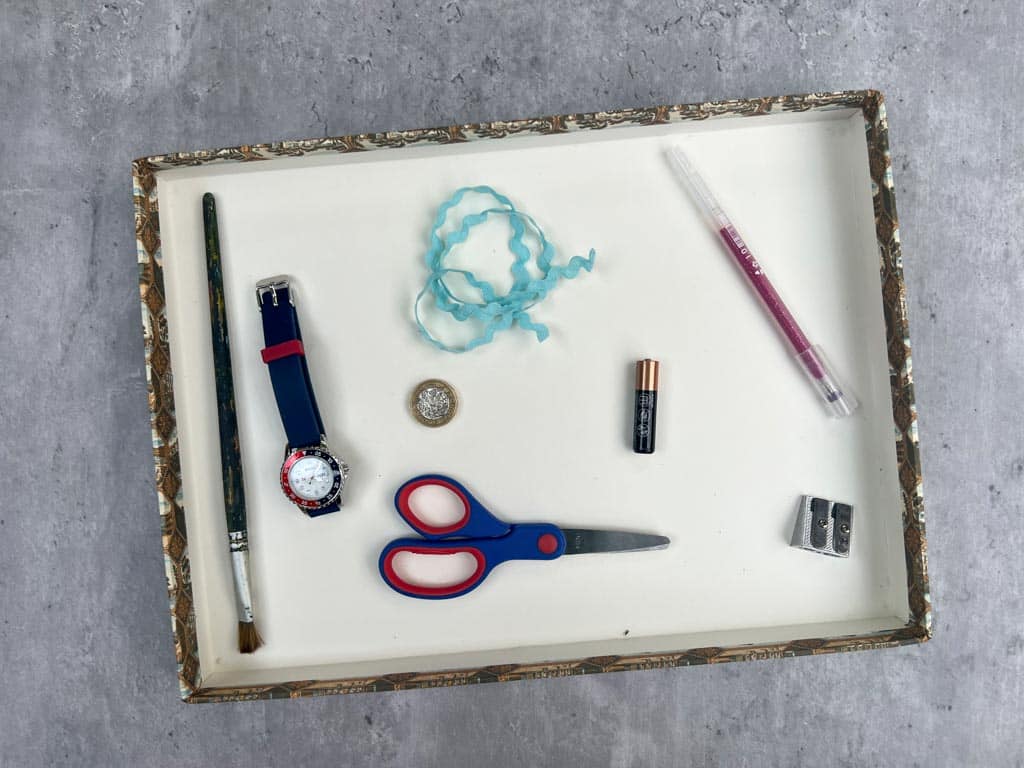
The game was adopted by the scouting movement to help develop observation and recall skills. It’s still widely used today in many settings, from childhood education to military training, as a method for improving memory and attention to detail.
- Put several objects on a tray. Start with four or five.
- Show the tray to the players and give them a few seconds to memorise its contents.
- Cover the tray with a tea towel and secretly remove one object.

- Remove the towel. Can the players identify the missing piece?
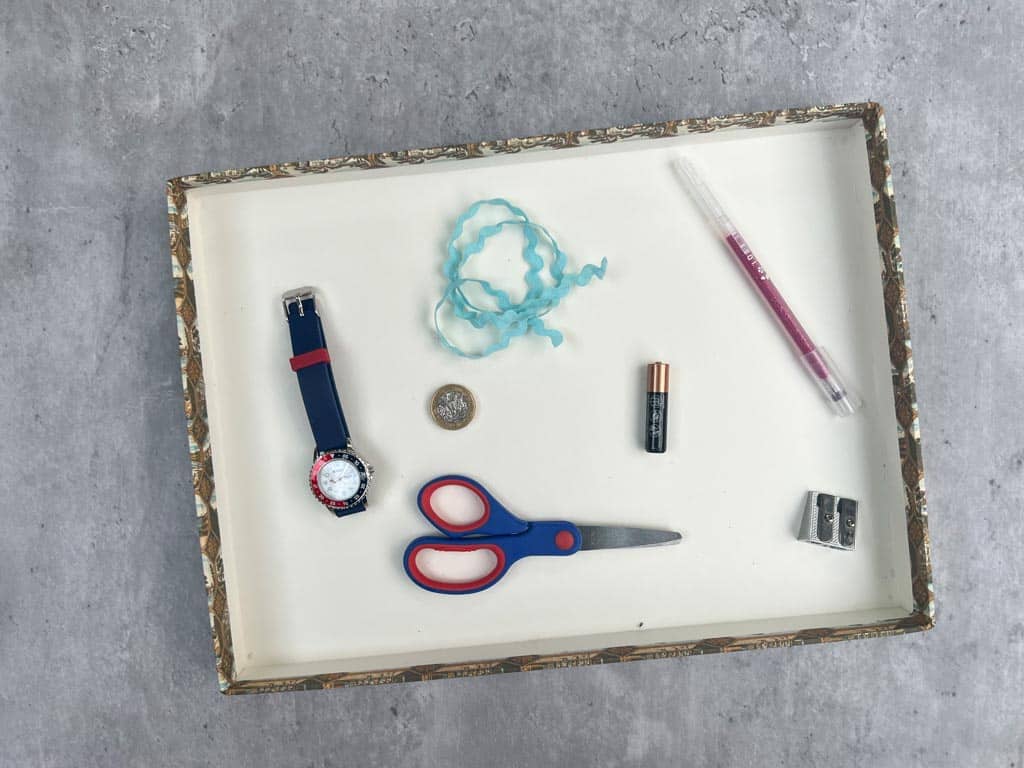
- 5. Repeat, adding one more object to the collection each time for increased difficulty – or make it easier by using fewer.
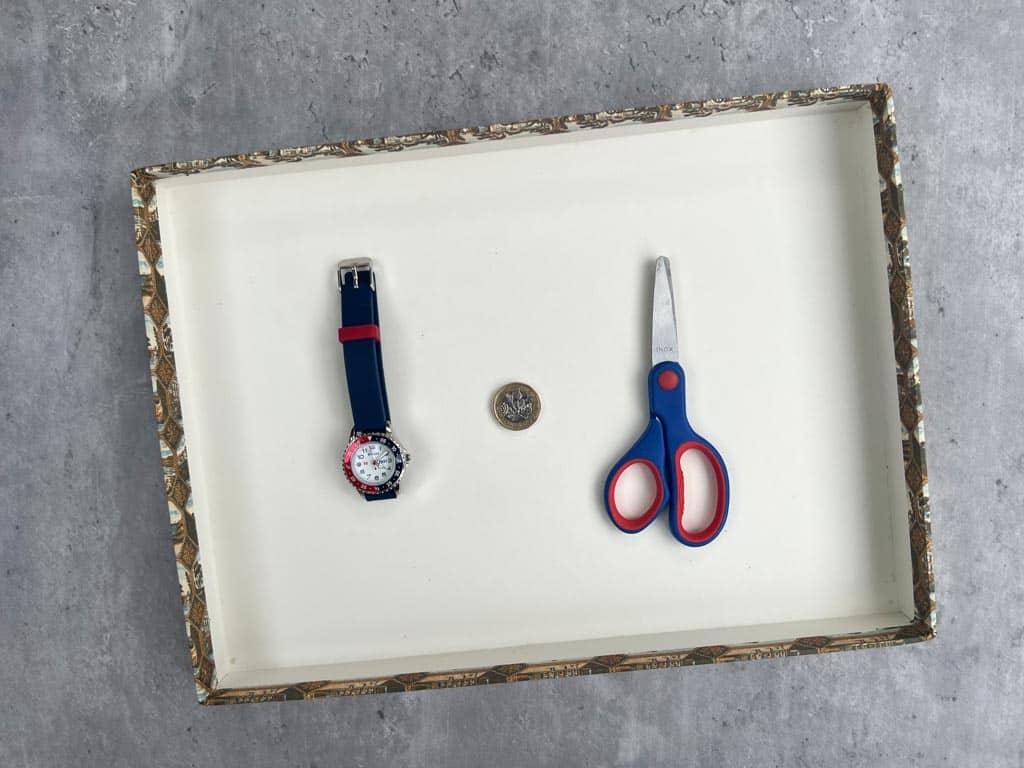
A variation
Here are some pens.
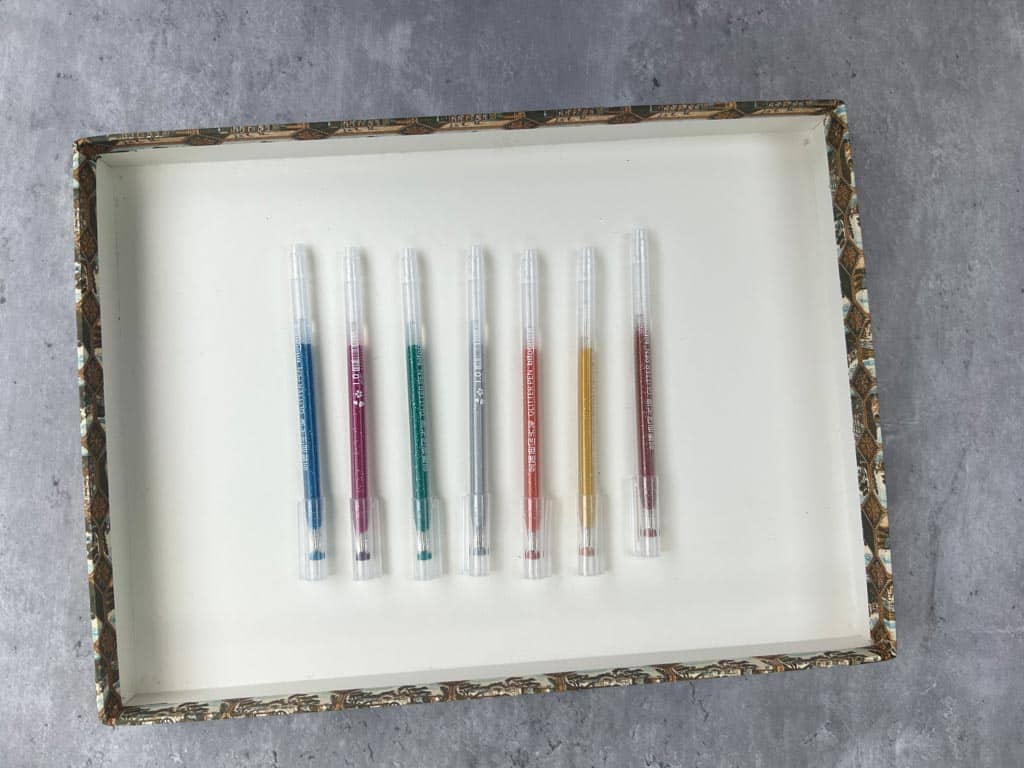
Which colour is missing?
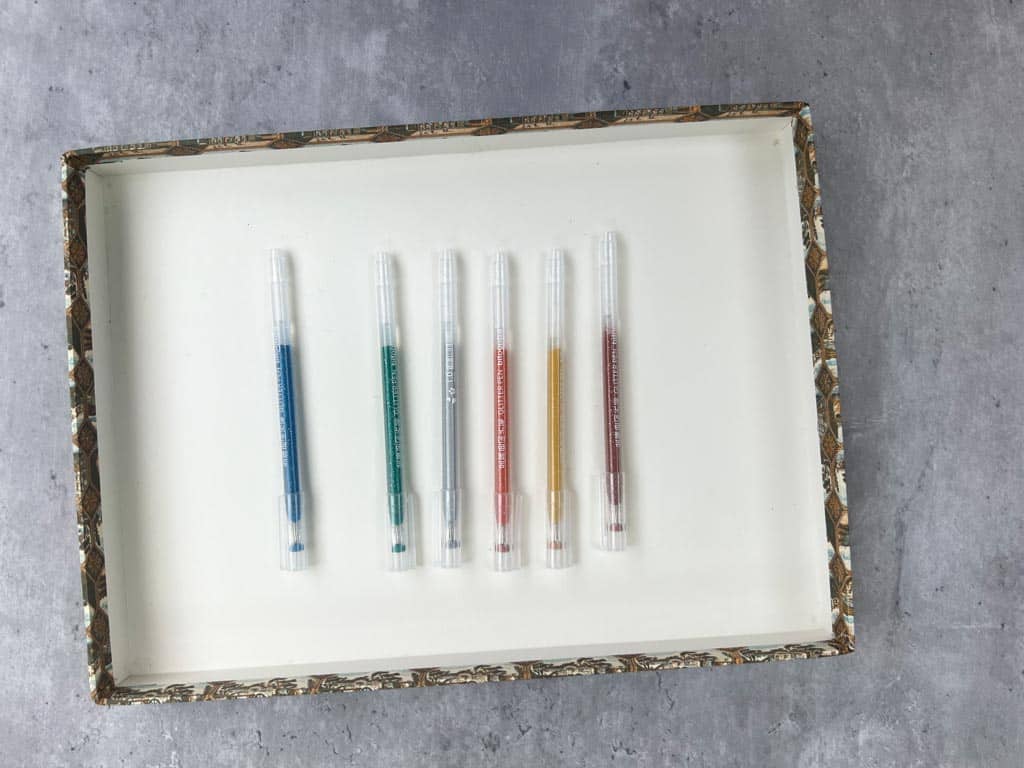
They are all the same shape, making the task harder.
Even trickier, swap positions. Your child can’t rely on position as a cue.

Matching pairs
You can buy a matching pairs game, but it’s easy enough to use playing cards or make your own.
- Place the cards face-down on the table.
- The first player turns two cards. If they match, she keeps them.
- If there is no matching pair, turn the cards back over. Try to remember their positions.
- Player two then takes a turn, using her memory of what the previous cards were
The colour chain game
Similar to “I went to the shops…”, this game uses colours instead. Take turns to add a colour to the sequence, but each player must first list all the previously mentioned colours. This game helps improve sequential memory.
What’s in the bag?
Place several objects in a bag. Each player pulls an item out of the bag and names it. Then, all items are put back in the bag. The challenge is to remember as many items as possible. Make it harder by adding more things to the bag.
The story game
Start a story with a simple sentence, e.g., “Once upon a time, there was a little boy.” The next player repeats the sentence and adds their own. Each player must remember the entire story in the correct order. This is great for enhancing narrative memory.
Music and dance
Incorporating music and dance can also be a fun way to improve memory. Learning song lyrics or dance steps involves repetition, which is key to memory development.
Final word
When we think about how our children learn, it is tempting to focus on the content – numbers, the alphabet, shapes and colours. But learning isn’t possible without memory. How we learn is as important as what.
Working memory can be trained. Play some simple memory games and watch your child’s capacity to handle complicated tasks and multi-step instructions soar.
Do you have a favourite memory game? Let us know in the comments below.

Have you run out of ideas?
What if you didn’t have to trawl the internet for play inspiration? What if your child’s freely-chosen activities were simple to set up, educational and deeply engaging?
How would that change things?
Our courses, A Year With My Child, Get Set Five and 5 Plus are designed for parents of toddlers, preschoolers and the over 5s and they’re packed full of fun and sensible advice.
Enter your email and we’ll send you free modules from each course. And then sit back and relax as your child learns to make her own fun.



